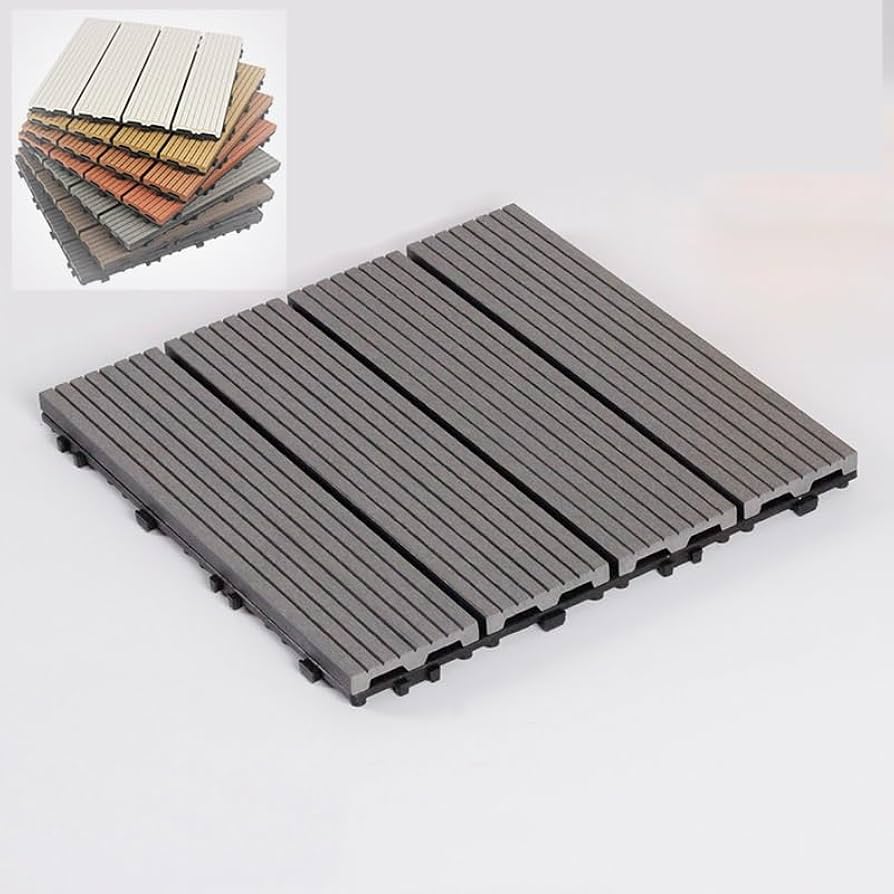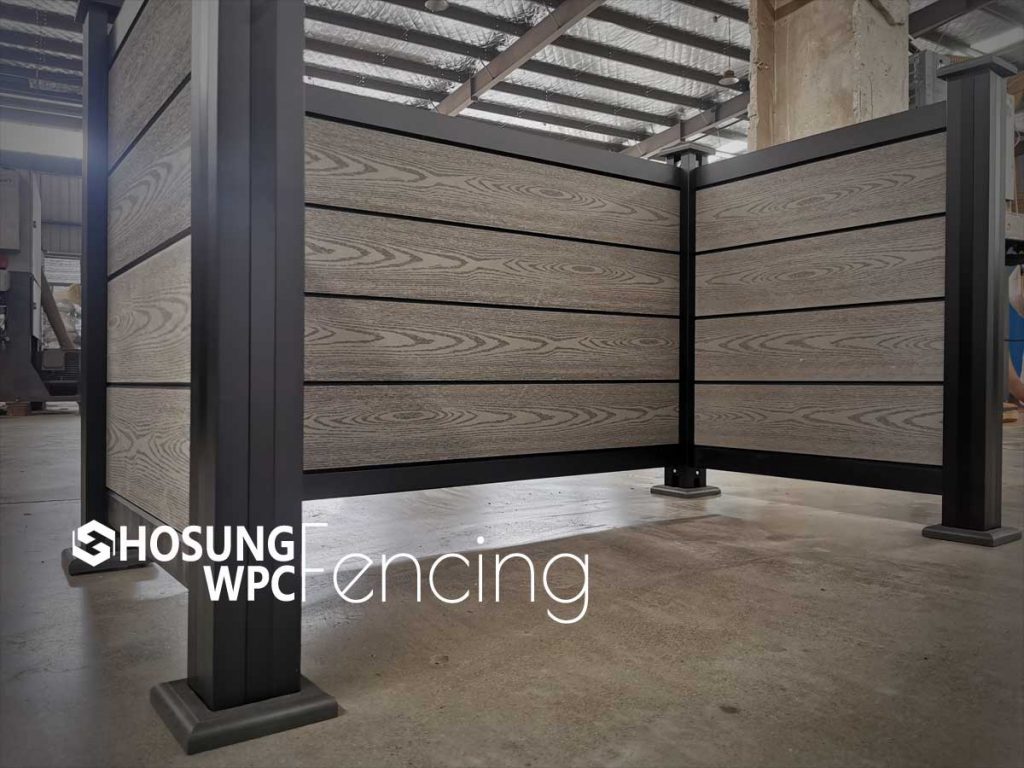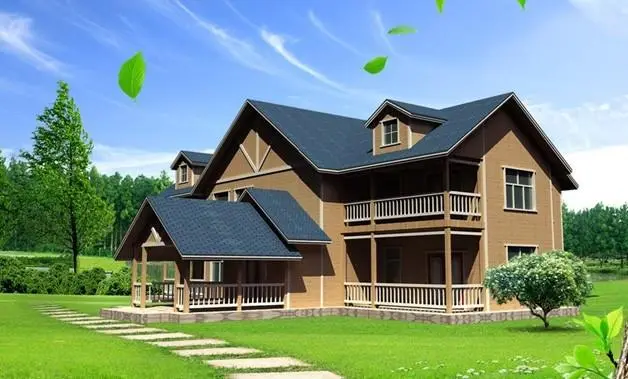Interlocking deck tiles are gaining massive popularity across the UK as a fast, practical, and attractive solution for transforming outdoor spaces. Whether you’re sprucing up a patio in London, building a balcony retreat in Manchester, or upgrading a garden in Edinburgh, interlocking deck tiles UK offer a cost-effective and DIY-friendly way to achieve beautiful results with minimal fuss.
Table of Contents
In this comprehensive guide, we’ll explore everything you need to know about interlocking deck tiles, tailored specifically to UK homeowners, landlords, and renovators. From benefits and materials to installation tips and maintenance practices, you’ll discover why this modular decking solution is taking over the UK outdoor scene.
What Are Interlocking Deck Tiles?
Interlocking deck tiles are modular flooring pieces, typically sized 30cm x 30cm or 60cm x 60cm, that snap together using a simple interlocking mechanism. They usually consist of a surface layer (wood, composite, stone, or rubber) mounted on a plastic or resin base with integrated locking edges.
Their design eliminates the need for nails, screws, or adhesives, making them ideal for temporary or permanent installations over concrete, asphalt, existing decking, or flat ground.
Common Materials Used:
Wood (teak, acacia, eucalyptus)
WPC (Wood-Plastic Composite)
Plastic / PVC
Rubber
Artificial grass-topped
Natural stone (granite or slate)
In the interlocking deck tiles UK market, WPC and acacia wood tiles dominate due to their durability, aesthetics, and weather resistance, especially suitable for the UK’s temperamental climate.

Why Interlocking Deck Tiles Are So Popular in the UK
There are several reasons why UK homeowners are turning to interlocking deck tiles as their go-to solution for outdoor flooring:
A. DIY-Friendly
No need for specialist tools or installation teams—snap and go! This is perfect for renters or homeowners who want to save on labor costs.
B. Versatile Application
Suitable for patios, balconies, terraces, rooftop gardens, pathways, or around hot tubs. They’re also great for urban properties where space is limited.
C. Weather Resistant
The interlocking deck tiles UK products are usually designed with British weather in mind—rain, frost, and UV rays. Composite and acacia wood options often include anti-slip finishes and drainage channels.
D. Affordable Outdoor Transformation
You can create a premium-looking deck surface without investing thousands in structural decking systems.
Choosing the Best Interlocking Deck Tiles in the UK
When browsing through interlocking deck tiles UK retailers or online marketplaces like Amazon UK, Wayfair, or Wickes, it’s crucial to make an informed choice. Here are the key factors to consider:
A. Material
Wood: Classic look, needs oiling or sealing
Composite: Low maintenance, highly durable
Plastic: Lightweight, functional, budget-friendly
Rubber: Perfect for play areas or gyms
B. Slip Resistance
Given the UK’s frequent rain, opt for tiles with textured or grooved surfaces to minimize slipping risks.
C. Drainage Design
Look for tiles with built-in drainage systems or raised bases to prevent water pooling and promote air circulation beneath the tiles.
D. Sustainability
Eco-conscious buyers should choose FSC-certified wood or recycled WPC options.
E. Aesthetic Style
Available in natural wood tones, grey, black, or even patterned finishes to match modern or rustic exteriors.
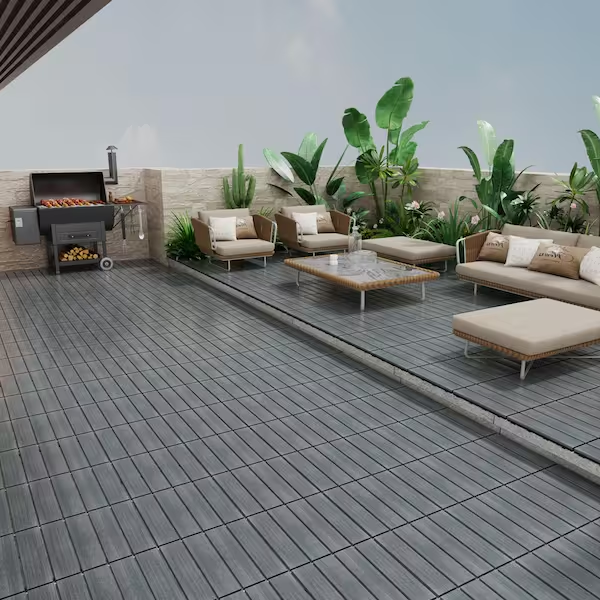
Where to Buy Interlocking Deck Tiles in the UK
Whether you’re in London, Birmingham, or Glasgow, you can find interlocking deck tiles UK at several reputable outlets:
A. Online Retailers
Amazon UK – Great for variety and customer reviews
Wayfair UK – Stylish options for balconies and patios
B&Q – Budget-friendly plastic or WPC tiles
Wickes – Garden decking solutions in bulk
IKEA UK – Notably their RUNNEN series
B. Speciality Suppliers
EnviroBuild – Sustainable composite decking tiles
Hosung WPC UK distributor – WPC deck tiles with anti-UV features
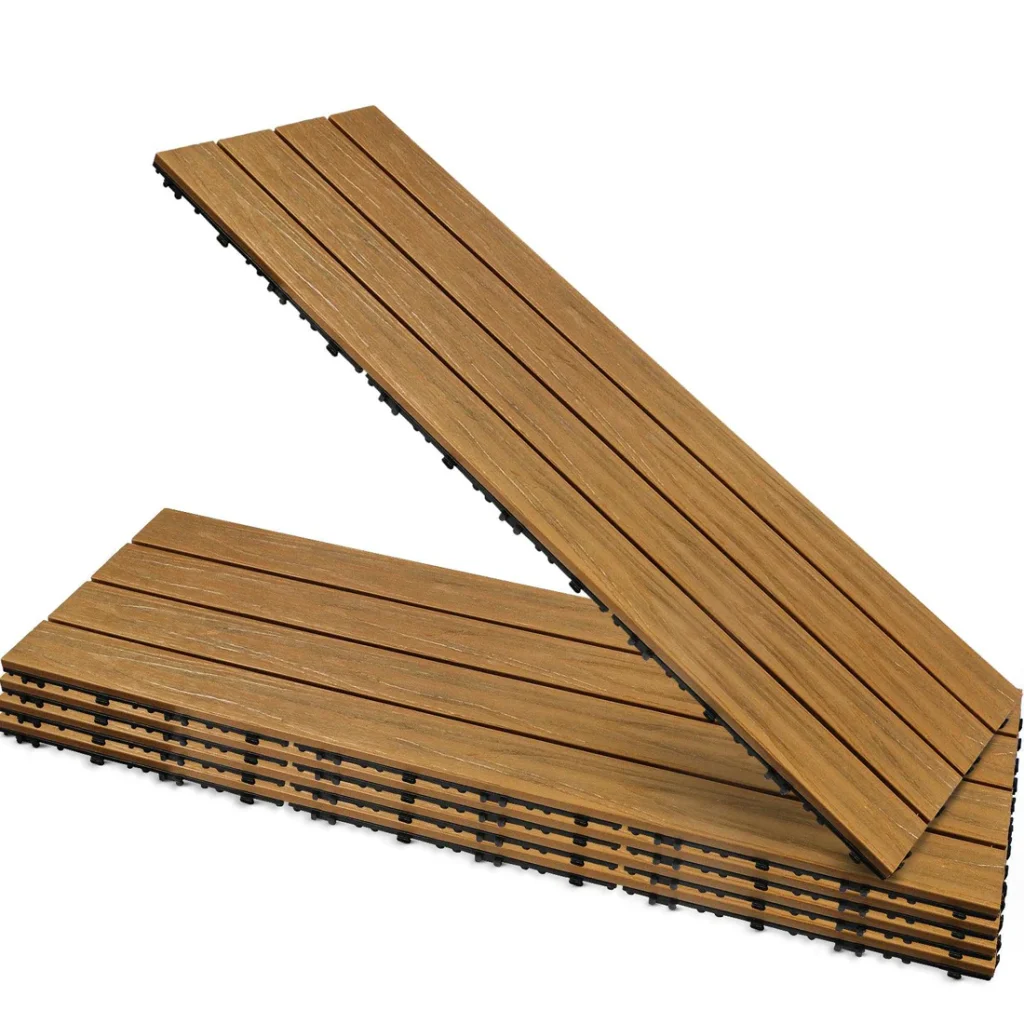
Step-by-Step: How to Install Interlocking Deck Tiles
Installing interlocking deck tiles UK is usually a hassle-free process. Here’s a step-by-step guide:
Step 1: Measure the Area
Measure the total square meterage to calculate how many tiles you need. Always purchase 10–15% extra for cuts and mistakes.
Step 2: Prepare the Surface
Ensure the surface is flat, clean, and dry. Remove moss, stones, or debris.
Step 3: Start Laying Tiles
Begin in one corner and connect each tile by aligning the pegs and holes. Snap together with gentle pressure.
Step 4: Cut Edges (if necessary)
Use a handsaw or jigsaw to trim tiles for perfect edge fits.
Step 5: Add Edging Strips (optional)
Many brands offer matching edging pieces for a finished look.
Maintenance Tips for UK Weather
Interlocking deck tiles UK are relatively low maintenance, especially if you choose composite or rubber tiles. However, to keep them looking good year-round, follow these simple tips:
A. Regular Cleaning
Sweep leaves and debris weekly. For deeper cleans, use soapy water and a soft brush.
B. Seasonal Inspection
Check tiles each season for warping, fading, or mold—especially wood tiles. Replace damaged ones promptly.
C. Oiling (for wooden tiles)
Apply decking oil once or twice a year to maintain the wood’s appearance and waterproofing.
D. Avoid Pressure Washing
Too much force can damage the surface or loosen the interlocks. Use a hose or low-pressure sprayer instead.
Pros and Cons of Interlocking Deck Tiles
Let’s break down the core advantages and some potential drawbacks of interlocking deck tiles UK.
✅ Pros:
Easy and fast DIY installation
Stylish and modern finish
Modular and reusable
Suitable for rental properties
Good drainage design
Compatible with a variety of surfaces
❌ Cons:
Not ideal for uneven or sloped ground
May lift in high winds if unsecured
Some lower-cost tiles fade over time
Wood options require occasional maintenance
Tile edges can be visible if not trimmed properly

Real-World Applications in the UK
A. Balcony in London
Using composite deck tiles, residents created a low-maintenance balcony retreat with planters and a bistro table.
B. Garden Path in Liverpool
WPC interlocking tiles laid over compacted gravel created a smart garden walkway with zero mess.
C. Rooftop Terrace in Bristol
Rubber-topped interlocking tiles created a play-safe zone for kids with anti-slip safety.
Frequently Asked Questions
Q1: Can I use interlocking deck tiles on grass?
Yes, but only temporarily and ideally over a weed mat or compacted base to avoid shifting.
Q2: Are interlocking tiles suitable for rainy climates?
Absolutely. Most interlocking deck tiles UK come with drainage grooves and anti-slip coatings, making them perfect for UK conditions.
Q3: How long do deck tiles last?
Composite and plastic tiles can last 10–20 years. Wood tiles may last 5–10 years with proper maintenance.
Q4: Can I take them with me when I move?
Yes! One of the best features of these tiles is that they’re modular and portable.

Cost Breakdown in the UK
Pricing for interlocking deck tiles UK can vary significantly depending on material and supplier:
| Material | Average Price per m² | Maintenance Level |
|---|---|---|
| Wood (Acacia) | £30–£45 | Medium |
| WPC Composite | £40–£60 | Low |
| Rubber | £25–£40 | Low |
| Plastic | £20–£35 | Low |
| Stone | £50–£70 | Low |
Buying in bulk or during seasonal sales can help reduce costs.
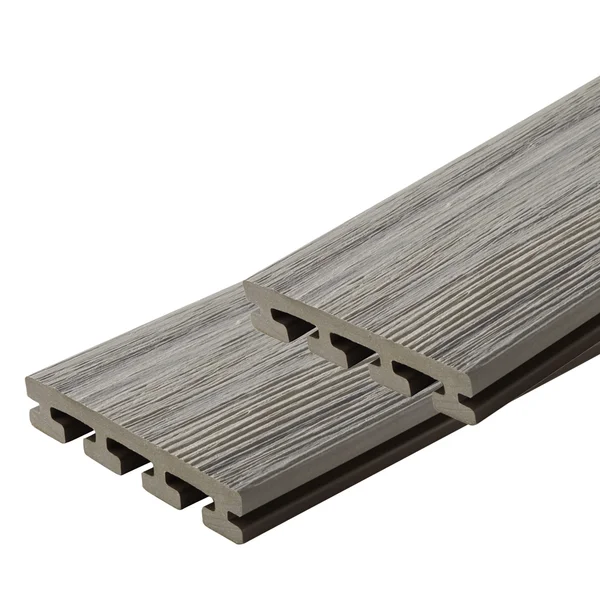
Conclusion: Why Interlocking Deck Tiles UK Are the Smart Choice
Whether you’re a DIY enthusiast looking to upgrade a balcony or a homeowner planning a garden revamp, interlocking deck tiles UK are a game-changer. They’re stylish, easy to install, weather-appropriate, and adaptable to almost any outdoor scenario. With proper care, they offer long-lasting performance and a fresh look that can evolve with your space.
As more UK suppliers invest in composite innovation and sustainable materials, now is the perfect time to consider interlocking deck tiles as your next home improvement project. From patio to penthouse, these modular miracles are revolutionizing how Brits deck their outdoor worlds. Want to get more about this product? Welcome to contact Hosung WPC.

